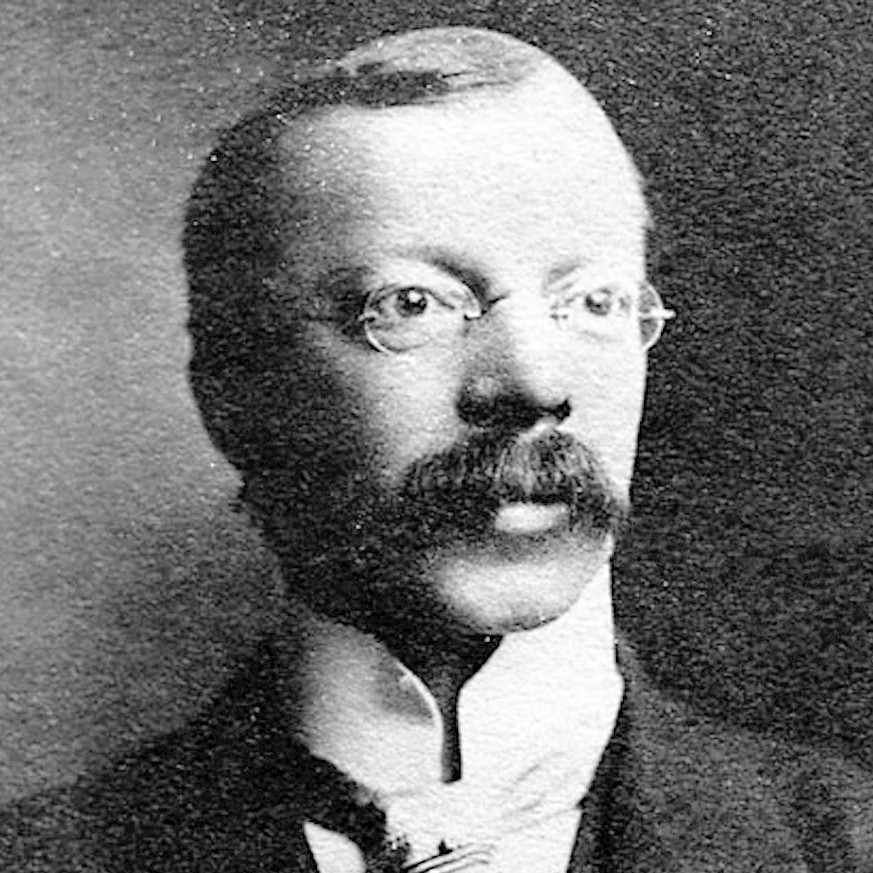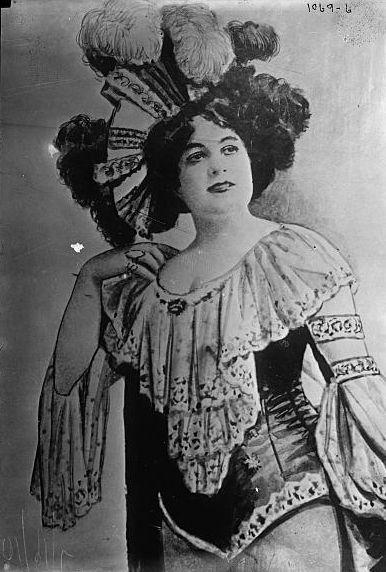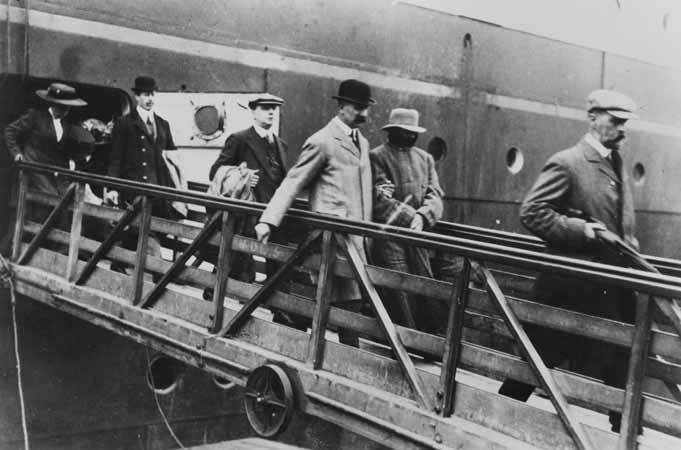
1862 - 1910
Hawley Harvey Crippen
Summary
Name:
Years Active:
1910Birth:
September 11, 1862Status:
ExecutedClass:
MurdererVictims:
1Method:
PoisoningDeath:
November 23, 1910Nationality:
United Kingdom
1862 - 1910
Hawley Harvey Crippen
Summary: Murderer
Name:
Hawley Harvey CrippenStatus:
ExecutedVictims:
1Method:
PoisoningNationality:
United KingdomBirth:
September 11, 1862Death:
November 23, 1910Years Active:
1910bio
Hawley Harvey Crippen was born on September 11, 1862, in Coldwater, Michigan. He was the only surviving child of Andresse Skinner and Myron Augustus Crippen, who was a merchant. Crippen had a formal education and started studying at the University of Michigan, where he attended a homeopathy school. In 1884, he graduated from the Cleveland Homeopathic Medical College.
Crippen married Charlotte Jane Bell, but she sadly passed away from a stroke in 1892. After her death, Crippen entrusted the care of their son, Hawley Otto, to his parents, who lived in San Jose, California. Crippen began his medical career as a homeopath in New York City. In 1894, he married his second wife, Corrine "Cora" Turner. Cora was a music hall singer, and she performed under the stage name Belle Elmore.
In 1894, Crippen began working for a prominent homeopath named James M. Munyon. He and Cora moved to London in 1897 to manage Munyon's branch office. However, Crippen's medical qualifications from the United States did not allow him to practice medicine in the UK. He initially distributed patent medicines while Cora tried to build a career on stage, but her efforts did not succeed.
Crippen was sacked by Munyon in 1899. Afterward, he worked for various patent medicine companies. Eventually, he became the manager of the Drouet Institute for the Deaf. In 1900, he hired Ethel Le Neve as a typist. By 1905, Crippen and Le Neve were involved in an affair.
Crippen and Cora had lived at different addresses in London before finally settling at No. 39 Hilldrop Crescent. To help with his income, they took in lodgers. Cora had an affair with one of the lodgers, which led Crippen to take Le Neve as his mistress in 1908. Their lives took a turn from there.
murder story
On the evening of January 31, 1910, Cora Crippen disappeared after a party at the couple's home in Hilldrop Crescent, London. Her husband, Hawley Crippen, first claimed that she had returned to the United States, later saying she had died and been cremated in California.

Cora's friend, Kate "Vulcana" Williams, alerted the police about her disappearance. As the investigation progressed, concerns grew among other friends of Cora, which led them to press authorities to take action. Eventually, Scotland Yard became involved, and Crippen's home was searched. However, no evidence was initially uncovered.
During a later interview with Chief Inspector Walter Dew, Crippen confessed to making up the story about Cora's death, claiming she had left him for another man. After this admission, Crippen and his mistress, Ethel Le Neve, fled to Brussels. They soon boarded a ship to Canada. Meanwhile, police conducted more searches at the Crippen residence.
On the fourth search of the house, investigators discovered a human torso buried in the basement. It was found to contain traces of the toxic drug hyoscine hydrobromide. Evidence suggested that the remains were those of Cora Crippen, while her head, limbs, and skeleton were never recovered.

After Crippen’s arrest on July 31, 1910, the trial began on October 18, 1910. During the trial, pathologists testified about the torso remains and toxic trace evidence. Crippen's defense attempted to claim that Cora had run away and that someone else was responsible for placing the remains in the basement.
Despite the defense's arguments, the jury found Crippen guilty after only twenty-seven minutes of deliberation. Ethel Le Neve was acquitted of any serious charges but was seen as an accessory.
Crippen was sentenced to death. He was hanged on November 23, 1910, at Pentonville Prison in London. After his execution, questions about the validity of the trial and evidence against him arose. Some believed that the investigation had been flawed or that new forensic evidence might prove Crippen's innocence.
Over the years, several theories emerged regarding Cora's remains and the events leading up to her death. New forensic research in the 21st century suggested that the remains found in Crippen's basement might not have belonged to Cora. However, the UK's Criminal Cases Review Commission later decided not to pardon Crippen posthumously.